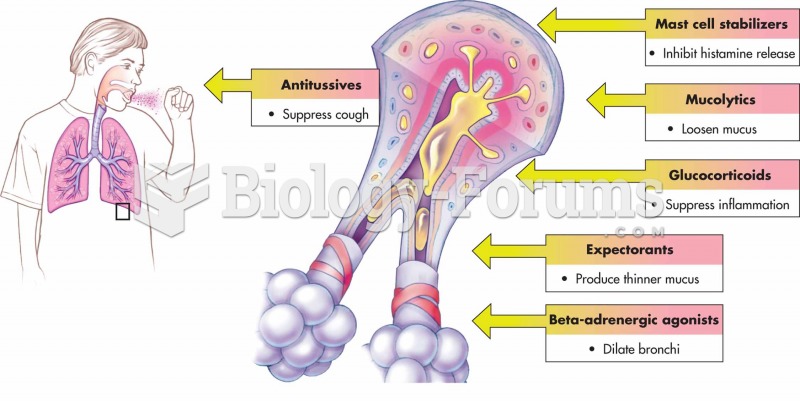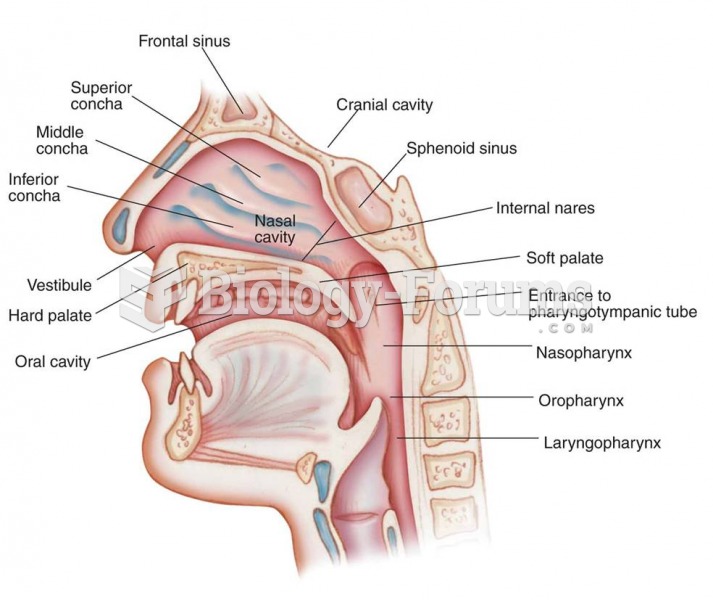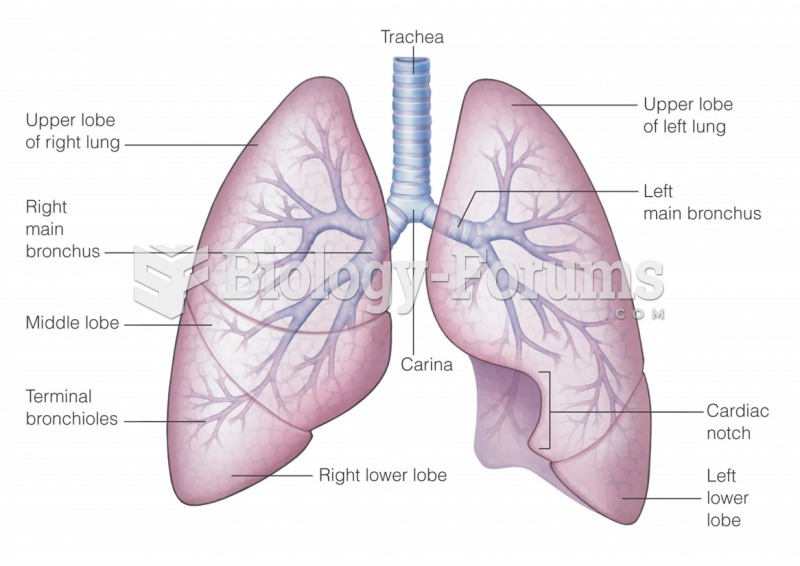Answer to Question 1
ANS: C
A. Incorrect response: This finding is not a normal clinical feature.
B. Incorrect response: Classifying this finding as tachycardia cannot be made because the pulse rate is not known.
C. Correct response: Pulsus paradoxus is an exaggeration of the normal variation in the pulse and blood pressure during a spontaneous inspiration. Normally, the pulse and the blood pressure become weaker during inspiration, and strengthen during exhalation. With pulsus paradoxus, the variation that occurs during the ventilatory cycle heightens. This exaggeration occurs because during respiratory distress, patients will inspire more forcefully, and reduce the pleural pressure significantly more than during normal spontaneous ventilation. A fall in systolic pressure of about 10 mm Hg compared with the normal variation is often used at the threshold indicating pulsus paradoxus.
D. Incorrect response: Respiratory alternans is the cyclic variation in spontaneous breathing movements when the patient uses the chest wall muscles only, then alternating with periods of diaphragmatic breathing. Respiratory alternans is a clinical sign of ventilatory muscle fatigue.
Answer to Question 2
ANS: A
A. Correct response: During normal spontaneous ventilation, venous return increases during inspiration, and decreases during exhalation. When the pleural pressure falls during inspiration, venous return to the right ventricle increases. Conversely, with the rise in pleural pressure during exhalation, venous return to the right side of the heart decreases. In the presence of positive-pressure ventilation, pleural pressure increases during the inspiratory phase and venous return decreases. When the influence of positive pressure is removed at the end of inspiration, venous return improves during the expiratory phase.
B. Incorrect response: See explanation A.
C. Incorrect response: See explanation A.
D. Incorrect response: See explanation A.







